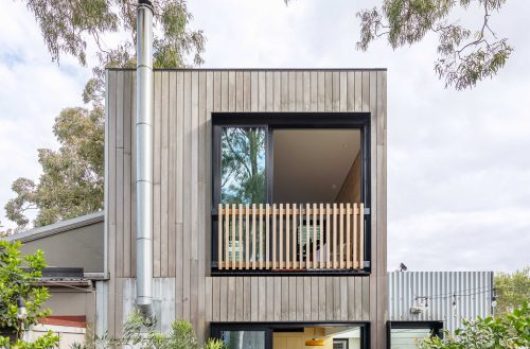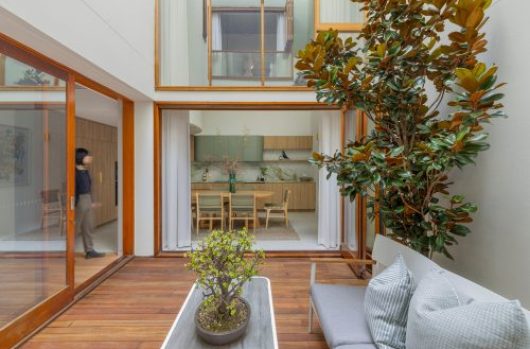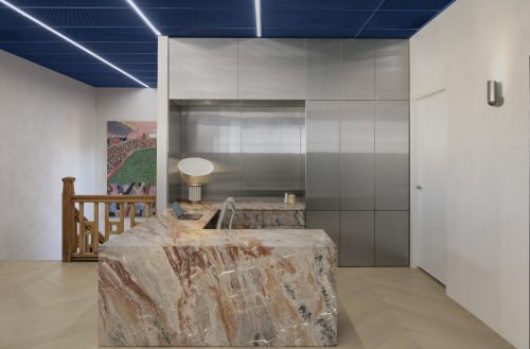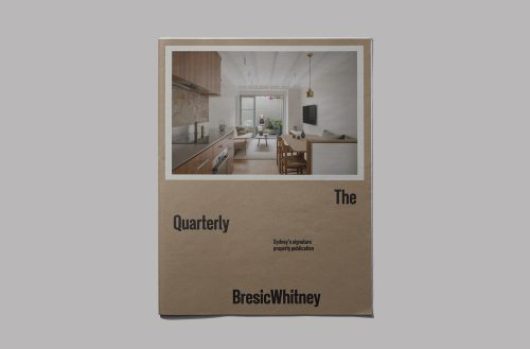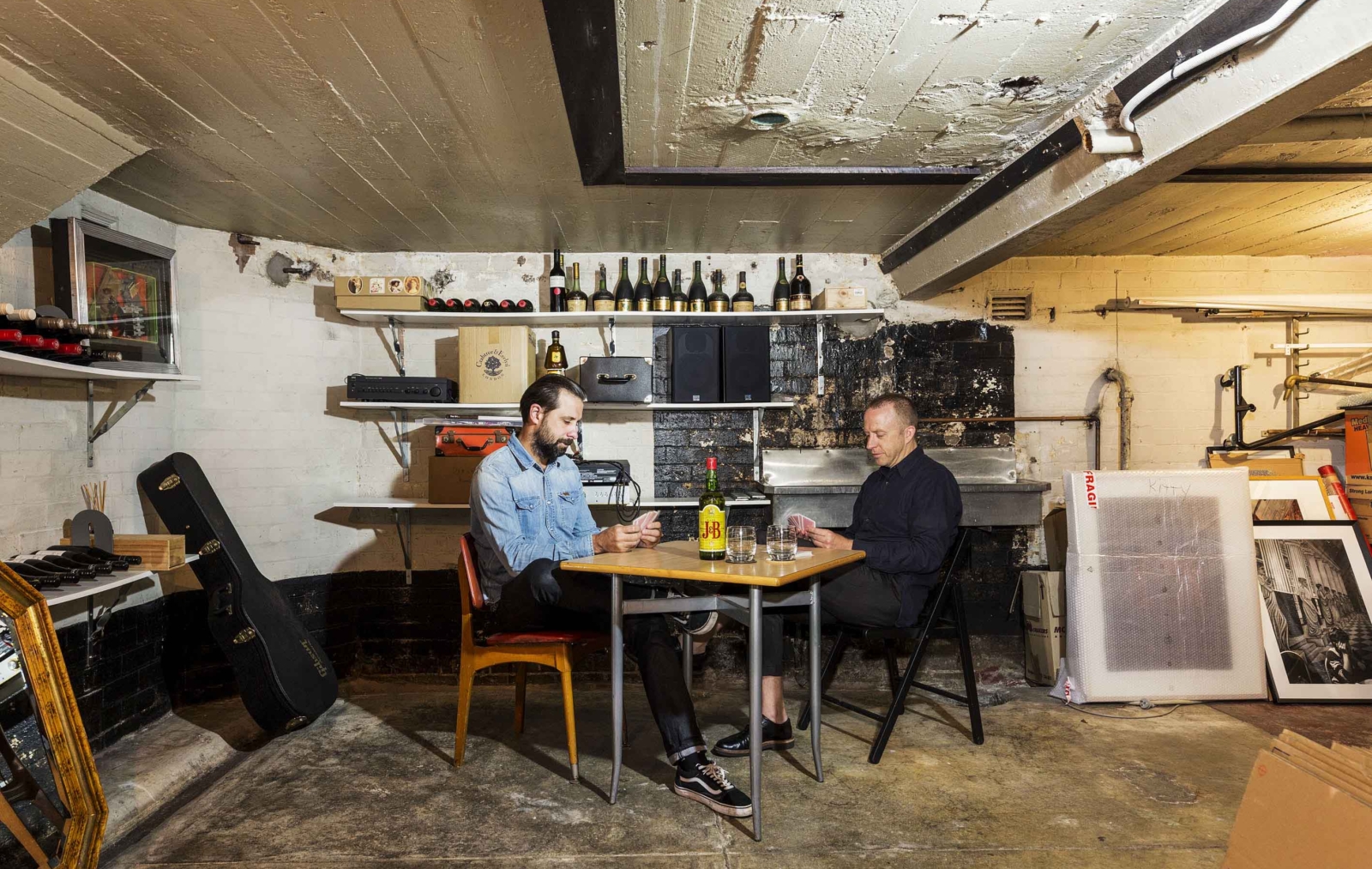
House prices drop: how it happens
Five years into the Sydney housing boom, it is hard to imagine a time when house prices in the city were flat or falling.
But in the past, Sydney house prices have stalled for long periods. And they have fallen, particularly at the end of each boom.
The correction will happen again. “I would be surprised if we did not see a downturn after the boom; cyclically, that is what you would expect,” says Tim Lawless, the Research Director at global property information provider, CoreLogic.
On the CoreLogic numbers, the Sydney house value dropped 8.8 per cent in the 21 months after the peak of the boom of the early 2000s, and 11.1 per cent in the 18 months after the extraordinary boom of 1988-89. In specific sectors, the price falls were greater.
At the end of the boom of the 1988-89, the value of harbour front mansions near halved.
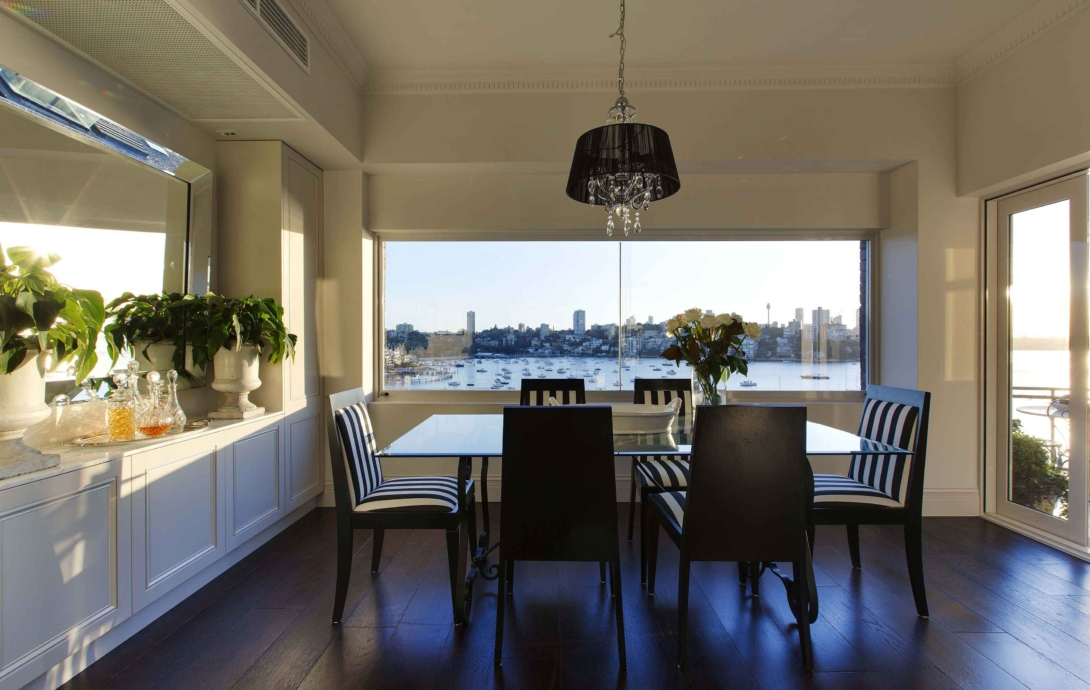
Not possible, you would think. Aren’t harbour-side Sydney mansions the bluest of blue chip real estate? Actually waterfront mansions are a pretty small market which, by 1988, had been over-bid by the ego-driven entrepreneurs who dominated the stock market at the time, When the stock market game stopped, and the banks came looking for their money, prices collapsed.
In 1988, Paradis Sur Mer, the waterfront home in Point Piper made famous by the late Susan Renouf, was bought for a then Sydney record of $19.2 million. Several years later it was sold for redevelopment at just $13 million.
After the boom of the early 2000s, prices in the western Sydney mortgage belt were harder hit than those in other parts of the city. CoreLogic’s Lawless says that in the downturn at the end of this boom, the highly geared western suburbs would likely suffer more than the city average, once again.
The other sector that analysts will watch closely when the Sydney boom fades will be apartments in precincts, like Parramatta, or South Sydney, where supply has soared in recent years. Many of the buyers are new investors and their reaction to falling prices, or weakening rents, is yet to be tested.

No sector of the city is immune as the boom comes to an end. The mood of buyers changes dramatically as prices retreat. In a boom market, the two or three buyers chasing any one home are prepared to pay extra for tomorrow’s price rises. In a falling market, there can be only one buyer and one who wants to pay less than yesterday’s price.
Today the market is full of people who claim they would buy in Sydney if prices were cheaper. But when prices start weakening, many will choose to wait again.
A US style housing collapse, where prices fell 30 per cent across the board, and up to 60 per cent in over-supplied cities like Las Vegas, during the financial crisis, is unlikely. It has not happened in Sydney since the Depression of the 1930s.
Australia, despite its recourse mortgage lending, is not immune to that sort of savage house price collapse. It is happening right now in the mining towns of Queensland and West Australia. Rents and house prices soared, year after year, in places like Moranbah as those building the new mines paid huge prices for any accommodation. When the workers left town, and the banks tightened their lending, rents and prices sank.
Sydney will not suffer to such a degree. Population growth, the housing shortage, the offshore interest, and the diverse economic base will cushion the impact.
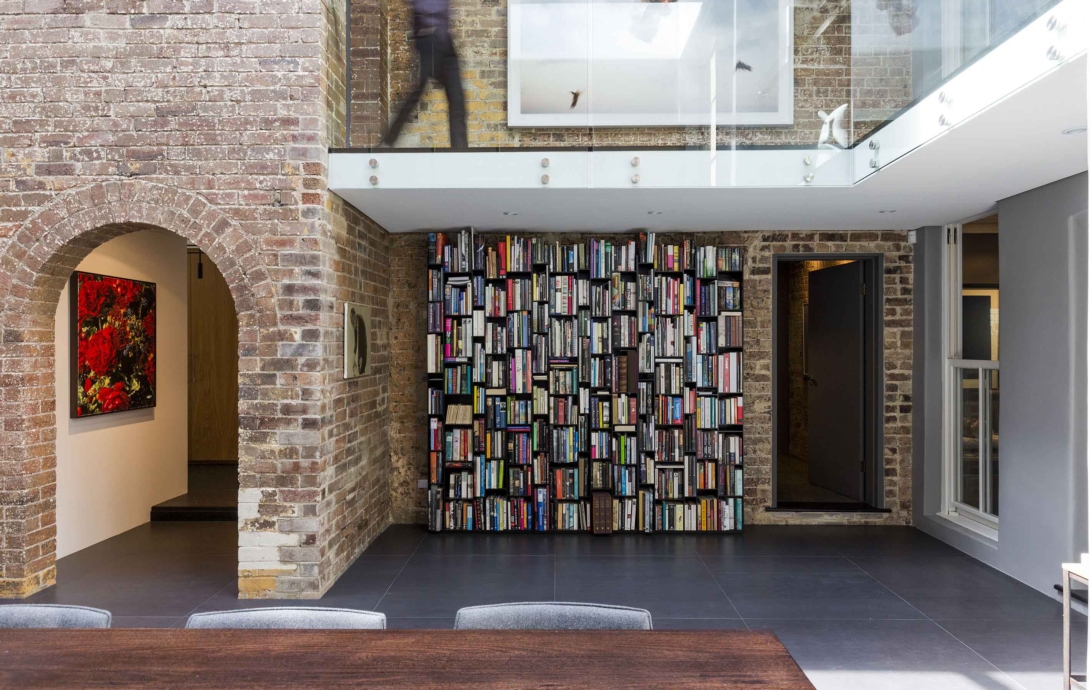
Only once in the past 30 years has the Sydney house value, as measured by CoreLogic, fallen by more than 10 per cent. And then, in 1989-91, the correction was 11 per cent.
A greater than normal correction is possible. House prices have been sticky in the past because home owners have hung on through the down times. Today household debt is very high and vulnerable to a rise in mortgage rate. At the same time, the large number of investors who have bought in the last five years could behave differently to those in the past.
Those investors worry the Reserve Bank. “In terms of financial stability, we are watching it because investors can be the first ones to get out…which could add to pro-cyclicality,” says Reserve Bank Assistant Governor, Michelle Bullock.
A misstep by the Turnbull or Berejiklian governments in their attempts to tackle housing affordability, with new measures targeting investors, could also aggravate the correction.

At the moment, there are very few signs of a break in the boom. All the signs, like auction clearance rates and time on market, are strong. So is house price growth. The only warning is the out-of-cycle interest rate rises by the banks. In the past, it has always been a rise in interest rates that brought a boom to heel.
By the way, this is not yet the strongest boom on record. In the past five years according to CoreLogic the Sydney house value has risen near 80 per cent. In the five years to September 1989, the figure was 122 per cent, and 98 per cent for the five years to December 2003.
All booms do come to an end. Everyone acknowledges that. What buyers and owners are less willing to acknowledge is that when the boom does come to an end, prices correct. Because they do. Even in those so called bullet-proof suburbs within ten kilometres of the CBD.
